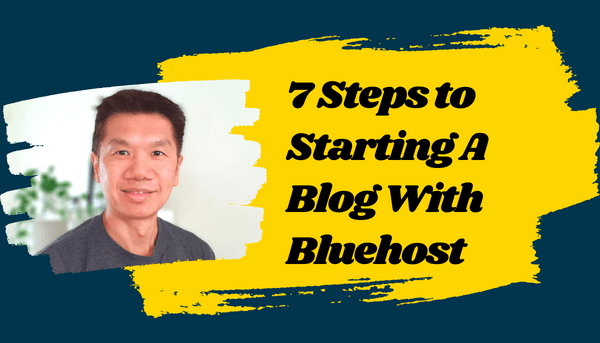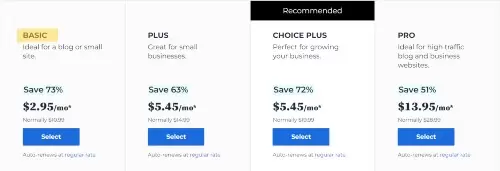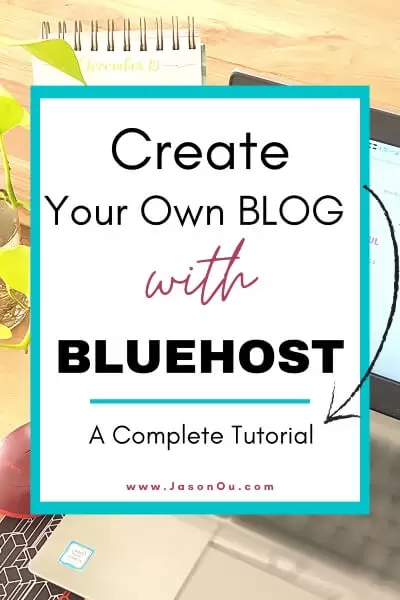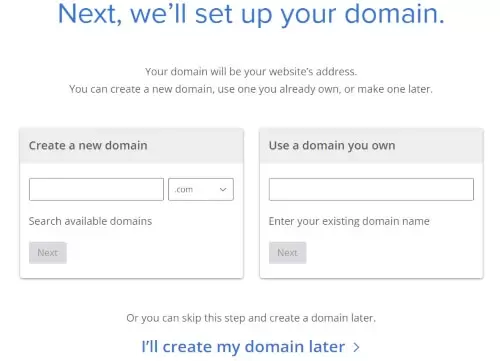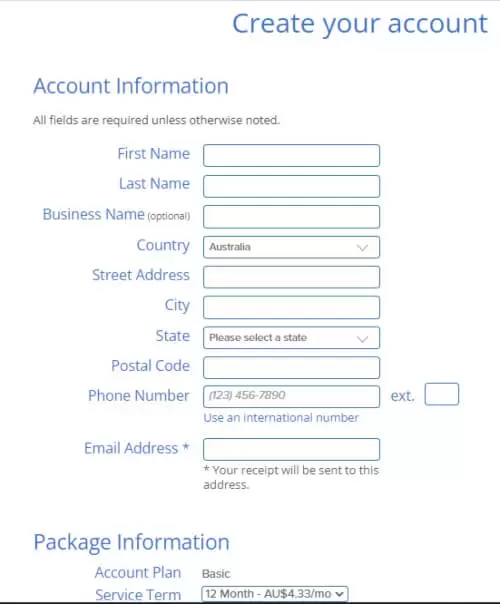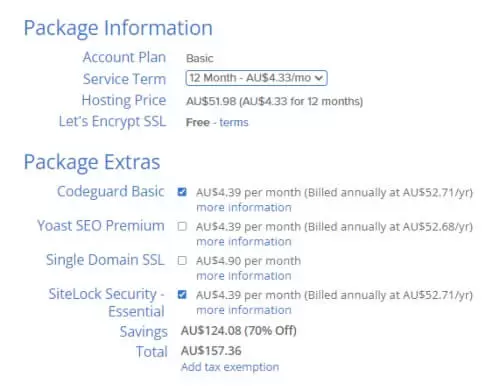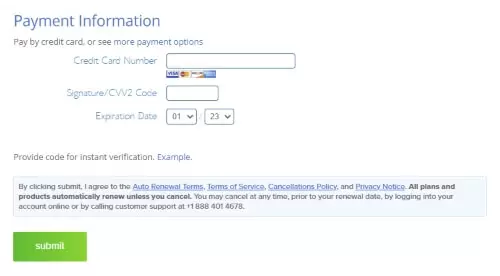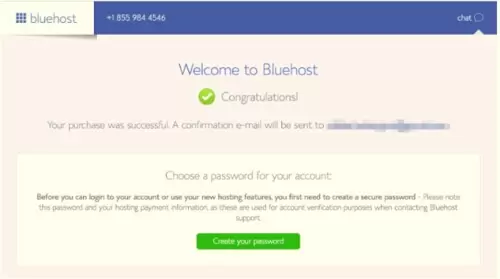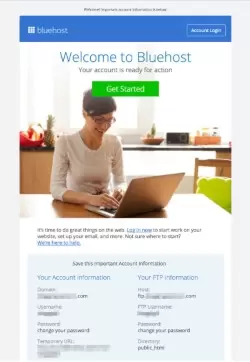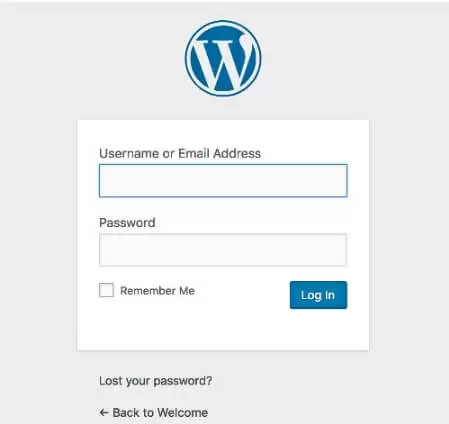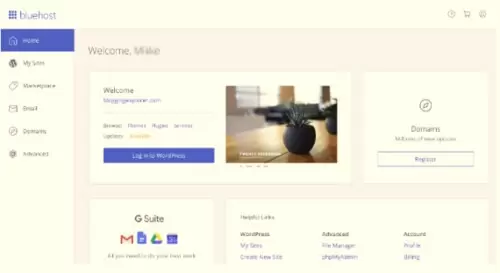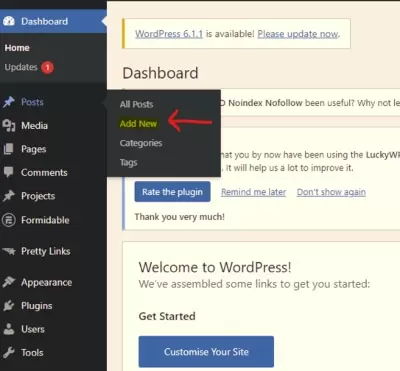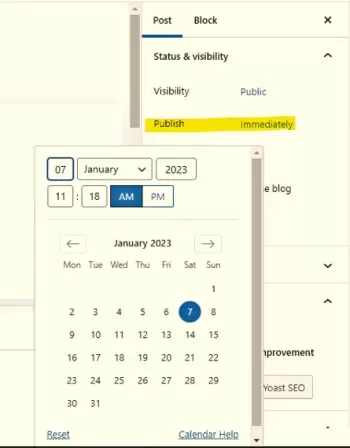
Is Bluehost a Good Web Host For Blogging Beginners?
Is Bluehost a Good Web Host For Blogging Beginners?
Are you just starting your journey into the world of blogging or building a website, and wondering if Bluehost is good for beginners?
In this blog post, we will explore the key features and benefits that make Bluehost an excellent choice for newbie bloggers and small business owners alike.
With its affordable pricing, user-friendly interface, and reliable hosting services, there’s a lot to love about this popular web host.
Key Takeaways
- Bluehost is an excellent choice for beginners due to its user-friendly dashboard, easy one-click WordPress installation, and affordable pricing options.
- Bluehost is a service recommended by WordPress.
- With reliable uptime and good security measures such as free SSL certificates and SiteLock scanning, users can rest assured that their website data remains safe.
- Bluehost offers a range of small business hosting solutions with email and e-commerce integration capabilities, free advertising credits, and reliable uptime/faster website loading speed.
- While there may be limitations on storage and traffic, Bluehost’s overall features make it definitely worth considering for newbie bloggers or small business owners.

This page have some affiliate links. In other words, if you buy from my links, I may get a commission.
Bluehost For Beginners: An Overview
If you’re a beginner blogger, finding the right web hosting provider can be a daunting task.
And freaking frustrating because there’s so much to learn.
With so many options available, it’s important to choose one that is affordable and easy to use.
Drumroll. Enter Bluehost.
Bluehost is one of the most popular web hosting providers on the market today.
In this blog post, we’ll explore whether or not Bluehost is good for beginners by taking a closer look at its history, reputation, features, and benefits.
Whether you’re just starting out or looking for an alternative Bluehost option, this article will provide everything you need to know about using Bluehost as a noobie blogger. Let’s get started!
Reputation And Awards Of Bluehost
Bluehost has been in the web hosting industry since 2003 and has built a strong reputation for being one of the best beginner-friendly hosts.
They have won numerous awards throughout the years, including the Best WordPress Hosting award from WebHostingSecretRevealed.net and PCMag’s Editor’s Choice for overall web hosting.
But it’s not just accolades that make Bluehost stand out.
They consistently receive positive reviews from their users for their reliable uptime, user-friendly dashboard, and excellent customer support.
Many bloggers and small business owners choose Bluehost as their go-to host because of its affordability and solid performance.
Plus, at the time of writing, one of three web hosts recommended by WordPress.
Key Features And Benefits Of Bluehost
Look, if you are new to this blogging game, it’s important to choose a hosting provider that offers essential features and benefits to help you get started.
Bluehost is an excellent option with the following key features and benefits:
- User-friendly interface and dashboard: Bluehost offers an intuitive and easy-to-use interface for managing your website, even if you have no prior experience.
- Easy one-click WordPress installation: In just one click, you can have your WordPress site up and running on Bluehost without any technical knowledge required.
- Affordable pricing options: Bluehost offers affordable hosting plans, starting at just $2.95 per month for beginners.
- Free domain name registration: When you sign up with Bluehost, you’ll get a free domain name for the first year, making it easier to establish your online presence.
- Good security features: Bluehost provides advanced security measures such as SSL certificates, SiteLock security, CodeGuard backup solutions, and spam protection to protect your website from hackers and malware attacks.
Overall, Bluehost is an excellent choice for beginners who want an affordable yet reliable hosting plan with all the necessary features to start their online journey.
Bluehost’s Beginner-Friendly Features
Bluehost’s dashboard and interface are designed to be user-friendly, making it easy for beginners to navigate and manage their websites.
One-click WordPress installation saves time and effort while affordable pricing options make hosting accessible for everyone.
User-friendly Interface And Dashboard
Bluehost understands that it can be overwhelming for beginners to navigate their way around a website’s hosting interface and dashboard.
That’s why Bluehost provides an intuitive and straightforward user interface, making it easy for newbies to customize their site without facing any issues.
The dashboard is organized neatly into various sections, ensuring that you can manage your hosting account effortlessly.
For example. If you want to install WordPress on the Bluehost platform, you only have to do one thing.
Simply click from within the Bluehost user interface, and you will have a Bluehost blog ready to go!
Fret not if technology isn’t your strong suit, Bluehost has you covered with guides and video tutorials that will guide you through every step of the process.
Easy One-click WordPress Installation
This was mentioned earlier.
Bluehost’s easy one-click WordPress installation feature is a game-changer for beginners looking to launch their own blog or website quickly and efficiently.
With just a few clicks, you can have your website up and running in no time. You can still do it even without experience.
Not only does this make it easier to start a blog, but Bluehost also provides access to thousands of customizable themes and plugins to help take your website to the next level.
Actually. If you sign up for their WordPress hosting, Bluehost will automatically install it for you.
Affordable Pricing Options
Bluehost offers a variety of affordable pricing options for blogging beginners, making it a cost-effective choice for starting a blog.
The table below highlights the different plans and their respective features to help you make an informed decision.
| BASIC | CHOICE PLUS | ONLINE STORE | PRO | |
|---|---|---|---|---|
| Price | $2.95/mo* | $5.45/mo* | $9.95/mo* | $13.95/mo* |
| Regular | $10.99/mo | $19.99/mo | $24.95/mo | $28.99/mo |
| Hosting | 10 GB SSD Storage | 40 GB SSD Storage | 100 GB SSD Storage | 100 GB SSD Storage |
| Websites | 1 | Unlimited | Unlimited | Unlimited |
| Free Domain | 1st Year | 1st Year | 1st Year | 1st Year |
| Custom WP Themes | Yes | Yes | Yes | Yes |
| SSL Certificate | 1st Year | 1st Year | 1st Year | 1st Year |
| Website Backup | No | Yes | Yes | Yes |
Table A : Bluehost pricing.
Free Domain Name Registration
This is great news for people who are tight on budget.
Bluehost offers a free domain name registration to all its users, making it a great option for newbie bloggers who want to start building their brand without breaking the bank.
With this feature, you won’t have to spend extra money on buying a domain name from a third-party registrar.
Bluehost has made the process of choosing and registering your domain name quite easy with its user-friendly interface and dashboard.
You can search for available domain names and choose one that best represents your blog or business.
Good Security Features
One of the most important things to consider when choosing a web hosting company is security.
Bluehost offers excellent security features, including SiteLock, which scans your website daily for malware and other potential vulnerabilities.
On top of that.
Bluehost provides free SSL certificates for all websites hosted on their platform, ensuring that your visitors’ data remains safe and secure.
With Bluehost’s regular backups and proactive server monitoring, you can rest easy knowing that your website is in good hands.
Another great thing about Bluehost’s security features is that they are included in all of their hosting plans.
Whether you go with their shared hosting or choose WordPress-specific hosting, you can enjoy top-of-the-line security measures and avoid additional fees or plan upgrades.
Bluehost’s Small Business Hosting Solutions
Bluehost offers a range of small business hosting solutions, including email and e-commerce integration, free advertising credits, reliable uptime, and fast website loading speed.
Business Email Solutions And E-commerce Integration
Bluehost offers a range of hosting solutions designed especially for small business owners and entrepreneurs.
One of the standout features is its business email solutions, which give you professional-looking email addresses for your domain name.
In addition to this, Bluehost also has e-commerce integration capabilities that make it easy for you to set up an online store and manage all aspects of your business from one place.
Reliable Uptime And Fast Website Loading Speed
One of the most crucial aspects of web hosting is ensuring that your website stays up and running without any downtime.
When it comes to uptime, Bluehost has an excellent reputation for keeping websites online 24/7.
This means that visitors can access your blog or business website without any interruption. Giving them a seamless browsing experience. A good user experience.
In addition to reliable uptime, Bluehost also offers fast loading speeds which are essential for retaining visitors on your site.
With fast website speed, pages load quickly and efficiently even with high traffic volume or
media-rich content.
Bluehost’s Blogging Hosting Solutions
Bluehost offers WordPress hosting with customizable templates, built-in SEO tools, and high website performance for bloggers who want to create a strong online presence.
WordPress Hosting And Custom Themes
Bluehost offers a special WordPress hosting package that is perfect for bloggers who want to get started with this powerful platform.
With one-click installation, you can quickly and easily set up your website with WordPress templates without any hassle.
Again. Even if you have no experience in coding or design, Bluehost’s intuitive dashboard makes it easy to create a professional-looking website.
Built-in SEO Tools And High Website Performance
As a budding blogger or small business owner seeking to grow your online presence, it’s crucial to optimize your website for search engines.
Luckily, as Bluehost is WordPress-friendly, you can upload plugins to create a powerful blog.
What’s more. Bluehost runs on powerful servers that boast fast loading times and reliable uptime rates.
Why does that matter?
Having a website that loads quickly is essential to enhancing user experience and minimizing bounce rates.
Excellent Customer Support And Community Resources
Bluehost offers excellent customer support and community resources that are beneficial to blogging beginners.
Their customer service team is available 24/7 to assist with any technical issues or questions regarding website setup.
Pros And Cons Of Bluehost For Beginners
Pros of Bluehost for beginners include affordable pricing, beginner-friendly features, and reliable uptime.
Pros of Bluehost For Beginners
Bluehost is an excellent option for new bloggers. Their beginner-friendly features, affordable pricing, and reliable uptime make it a great choice for those who want to create a professional website without breaking the bank.
The platform’s interface and dashboard are designed to be user-friendly, making it easy for beginners to navigate.
Navigating the platform is a breeze, thanks to the user-friendly interface and dashboard, making it beginner-friendly.
Even those with no coding experience can install WordPress easily and get their website up and running quickly.
Plus, Bluehost’s reliable uptime ensures that your site stays online and is available to visitors around the clock.
Cons of Bluehost for Beginners
While Bluehost offers affordable pricing and a range of beginner-friendly features, there are a few potential downsides to consider.
One of these is limited storage and traffic capacity on their shared hosting plans. This could become an issue if your website sees significant growth or receives high levels of traffic.
While backups are available through Bluehost’s Choice Plus plan and above, the migration of your website can also incur extra costs.
However, it’s important to remember that these limitations may not affect your website needs as a beginner blogger or small business owner just starting out.
Bluehost Alternatives For Beginners
If you’re not sold on Bluehost, don’t worry – there are other Bluehost alternatives available.
Check out Hostinger, SiteGround, InMotion or A2 Hosting for more affordable and reliable hosting solutions.
Like Bluehost, these providers offer shared hosting plans that are affordable and user-friendly.
Hostinger is known for its fast loading speed and affordable pricing. SiteGround boasts fast website loading speeds thanks to its SSD storage technology and global data centers.
InMotion offers a free domain name with their plans and excellent e-commerce solutions for small businesses.
Each of these hosting providers has unique features that may appeal to different types of beginners depending on their needs.

So. Is Bluehost Good For Beginners?
To sum it up, Bluehost is an excellent option for beginners in the world of web hosting.
With its user-friendly dashboard and easy one-click WordPress installation, new website owners can quickly get started with their online presence without feeling overwhelmed.
Plus, the affordable pricing options, free domain name registration and free SSL make it a budget-friendly choice.
However, keep in mind that while Bluehost offers reliable uptime and good security features, there are limitations on storage and traffic.
Overall, if you’re a newbie blogger or small business owner looking for beginner-friendly hosting solutions, Bluehost is definitely worth considering.

Hi, I’m Jason Ou (surname aka, Oh). I am a Solopreneur and Blogger. My mission is to help fellow entrepreneurs (like you) to profit from their passion online. Let’s connect on Facebook now.

